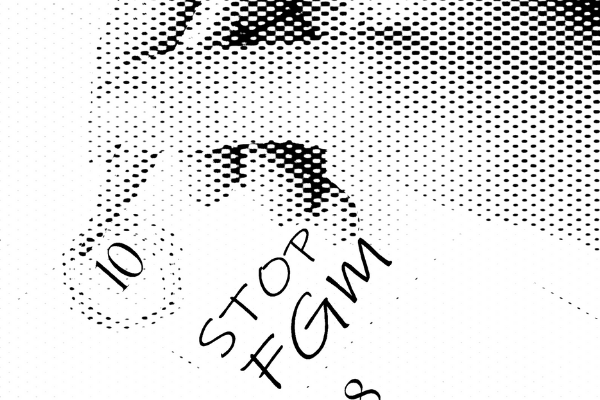
Anti-FGM Struggle Is a War against Culture
- Category: Gender
- Date 06-03-2005
- 701 views
The fight against female genital mutilation (FGM) or female circumcision can be viewed as socially destructive as it denies much that is thought to be life-giving, and life-enhancing in a particular community. Circumcision is a rich and much revered ritual, in which case the community in question cannot see how such a ritual should be abandoned, as its opponents require.
In Africa, the practice of female circumcision is deeply entrenched and was historically very popular among several communities on the continent, including the Kikuyu of Kenya, the Karimajong of Uganda, and the Masaai of Tanzania. Today, it is believed that about 20% of the women in Tanzania undergo circumcision, as it is performed amongst twenty of the one hundred thirty ethnic groups in the country.
At the same time, anti-FGM activists are shouting themselves hoarse in their campaign to make the practice unpopular and wishfully abandoned altogether. Whereas this might be regarded as a necessary endeavour, it is still unconvincing among those communities who cherish their traditions and would prefer to conserve their cultural heritage.
Therefore, the opponents of female circumcision have got an uphill task to confront a culture and effectively bring about its urgent demise. It is like bringing down a particular majority religion, which the faithful believe, is important in their lives. In fact, it is difficult to tell where religion ends and culture begins. The two have almost everything in common.
Culture is usually not maintained through formal means as we adopt when imparting other life skills. Like witchcraft, it is promoted through unfounded rumours and well-knitted myths that are advanced as divine-inspired truths, with pseudo-religious connotations parallel to our beliefs in the established, dominant religions; Christianity or Islam. Generally, circumcision is regarded as an embodiment of a richly symbolic set of rituals, with a near religious meaning.
Though the detractors of FGM regard it as a disgusting and barbaric practice, its promoters consider it as a necessary initiation ceremony and persuade their victims that circumcision helps to make a woman faithful in marriage, which every man wants. Yet they never mention that they eliminate the clitoris, which elicits sexual desire and pleasure. Left uncut, it is also claimed, the clitoris could either grow into a penis, or lead to a husband’s death or strangle a baby at birth. By cutting it therefore, family security is guaranteed, as it pleases the ancestors who render protection in turn.
Female circumcision goes with a great deal of indoctrination and deceit through such stories as, when you cry in the process, your parents will die and that your heart is purified after the ritual. Moreover, both men and women are accomplices since some traditional men would not marry an uncircumcised woman whereas women themselves insist on the young girls being circumcised. The practice is quite sinister and secretive, with the initiated not daring to talk about it for fear of scaring those who are not yet initiated.
The communities which practice female circumcision believe that it is a prerequisite for marriage, entry into the age-sets (peer acceptability – her peers would not accept to associate with an uninitiated girl), and full membership in tribal institutions. Clearly, the practice is not premised on malice or desire to harm the victims.
Rather, it is motivated by the desire to promote family life, social harmony and social acceptability, as well as to preserve the cherished traditions of the community. It would establish family stability, mutual confidence and love and marital satisfaction. It also sets the standards of discipline required of the individuals who undergo the initiation ceremonies that accompany the ritual of circumcision, whereby instructions on how to relate with men are given.
There is a general belief that a receptive, dynamic young person, who is well instructed, would go through life displaying the admired virtues of courage, diligence and faithfulness, necessary for the stability of families and society. FGM supporters emphasise that it underlines high-mindedness and moral courage that lead people to outface hardship, pain and sacrifice in the pursuit of excellence.
On the whole, FGM is a genuine cultural habit, which involves conditioning, indoctrination and blind faith, like many women are comfortable with experiencing the pangs of childbirth. Anti-FGM crusaders would better know this so that they do not fight blindly against a practice that is equally blindly entrenched. The practice is totally disproportionate to the scale of praise and blame. Other than an aggressive affront to against a time-tested ritual, a gentler and reconciliatory approach should be considered, realising the difficulty of reconciling the old with the new in a society that is undergoing the trauma of cultural and political transition.
By Venansio Ahabwe
Source: Peering Eye, Sunday Citizen
